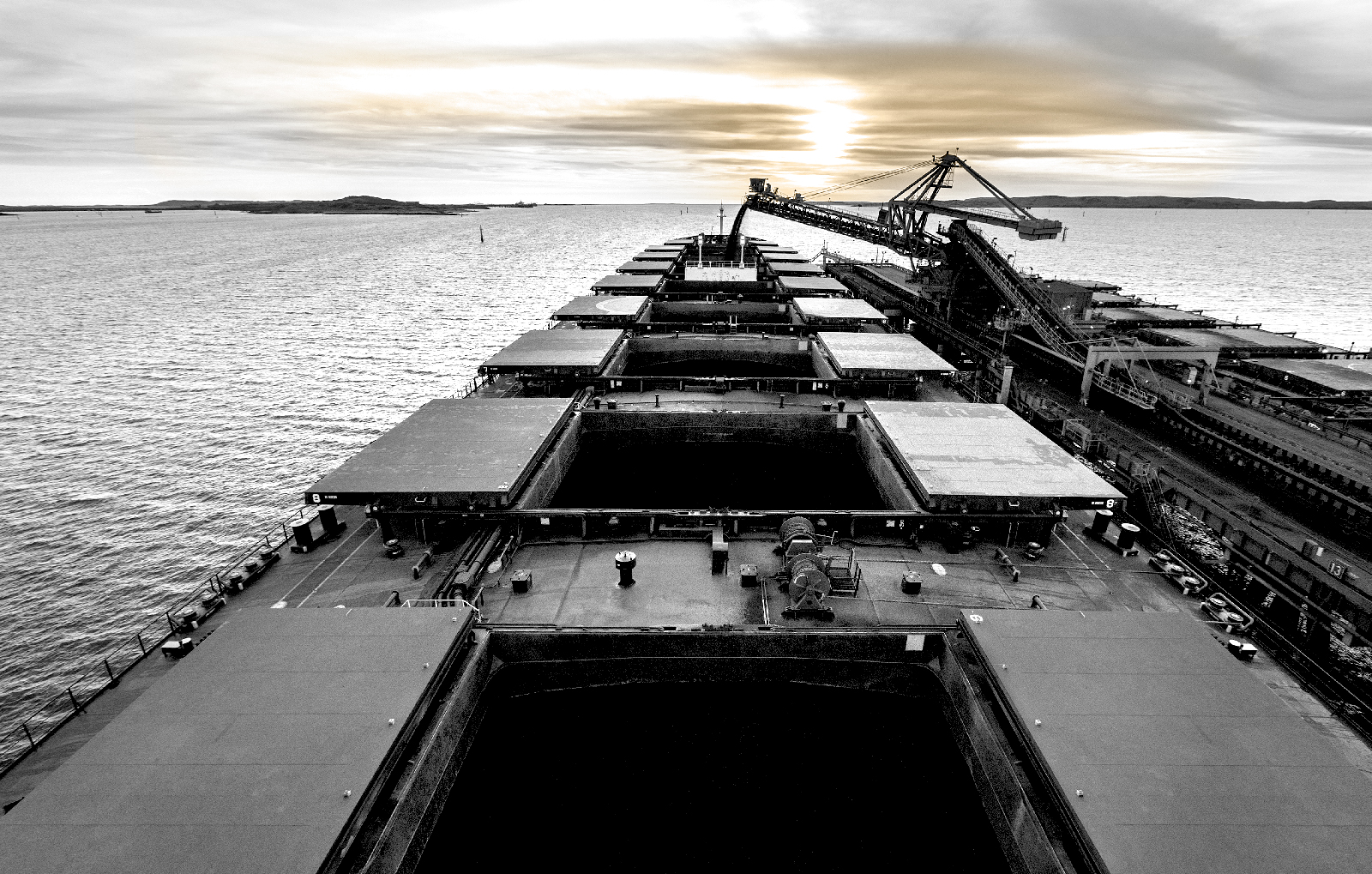
Sevi Katemoglou*: Dry Bulk market dynamics as we enter the final stretch of the year
26.09.19
Sevi Katemoglou is the Founder of Dry Cargo Broker, EastGate Shipping Inc
The current Dry Bulk landscape is shaped by a historic momentum of various factors which have significantly impacted the market dynamics and have triggered a long-awaited upward trend on rates. This multi-factorial scenery is outlined by unprecedented circumstances.
When entering the final quarter of the year, we find ourselves in front of a unique set of facts that stimulate a bullish yet cautious view of the market in the near-term.
Tight supply, spot rates on multi-year highs
The implementation of the IMO 2020 regulation, which in a nutshell requires all vessels navigating international waters come January 2020 to burn fuel with maximum 0.5% sulphur content, has had (and will continue to have) profound impact on the shipping market. Various Owners have betted on a high price differential between the HSFO and the newly introduced compliant fuel VLSFO. They have chosen the path of retrofitting their vessels with exhaust gas cleaning systems (scrubbers) which allow the ships to keep burning HSFO.
Scrubber installations have far exceeded the initial estimates of about two weeks time to an excess of 40 days, affecting the physical market by pushing Capesize spot rates higher. This trend has in turn encouraged split-parcels to Panamax and Supramax stems, bringing more activity to the smaller sizes and further spreading the upward spiral on rates across all segments of the Dry Bulk sector.
With the scrubbers technology to be newly introduced and with only a handful of manufacturers worldwide offering those systems, their efficiency has been subject to heavy criticism. From whether they indeed serve the purpose of a “greener” policy direction to varied severe malfunctions been reported, all speculation begs the question of whether those systems will work. And what if some don’t? They will surely keep distorting the supply/demand matrix well within next year, resulting to further increase on rates.
We should however remember that this buoyant market is stemming from supply reduced temporarily; therefore, by the time vessels are thrown back into the market following their scrubbers and Ballast
Water Treatment System (BWTS) installations, market is bound to correct to some extent.
The overall picture suggests that by end of the first quarter of 2020, spot dry bulk rates will reach a sustainable plateau which will carry us through the entire next year. A view which is also supported by the low bulk carriers orderbook.
Attacks on Saudi Arabian oil infrastructures, drone shootings to oil tankers near the Strait of Hormuz, preparations for IMO 2020, have pressured the HSFO availability in major bunkering ports and have boosted bunker prices. Price fluctuation is adding fuel to an already fired-up market uncertainty with the speculation on the spread between HSFO and VLSFO to becoming even more difficult. It is self-explanatory that higher oil prices correlate with the commodity seaborne transportation by increasing the freight-per-tonne.
What about demand?
The major dry commodities have taken a hit this year reiterating the view that it is the tightened supply which has driven rates thus far. Mine incidents and the cyclone in Western Australia have considerably disrupted the iron ore supply fundamentals. Indicative of such, is that following its dam burst earlier in the year, Vale is said to recover its annual iron ore production in full no earlier than the year 2024.
The deadly African Swine Fever (ASF) widely spread across China has decimated over 40% of China’s pig herd and has slowed grain demand. Estimates show that so far China has imported nearly 10% less soybeans from last year, as a result of culling its pig herd due to the deadly disease. Outbreaks of the yet incurable swine flu have also been reported in provinces in South Korea, Japan, Southeast Asia and Europe.
In the meantime, the year 2019 has unfolded a strong fall-out between the U.S. and China with imposition of bilateral tariffs to have taken place on over $200bn/year of import goods. The tense political environment between Washington and Beijing, has brought the U.S. soybeans sales to China to a steep drop, encouraging the latter to seek allies and further strengthen bonds with other agriculture exporters. Sudden tariff waivers and “good will” U.S. soy purchases have been en vogue during the year enhancing the instability of the shipments volume.
Challenges ahead
The Dry Bulk market is experiencing increased volatility in this particular period of time stemming from an array of diverse factors. Tightened capacity, disrupted cargo flows, emissions regulations, geopolitical disorders, all create a volatile environment which consequently generates opportunities for profit.
In this complex, highly volatile realm, there needs to be stressed out that all parties serving the shipping industry – Owners, Charterers, Traders, Operators, Brokers, Financiers, Investors – should move forward with caution and synergies so that they efficiently cope with the challenges ahead.
